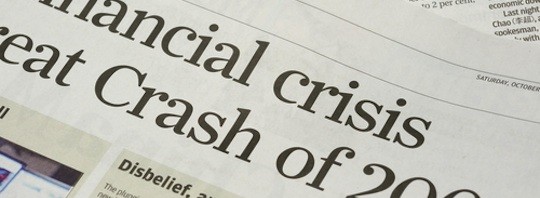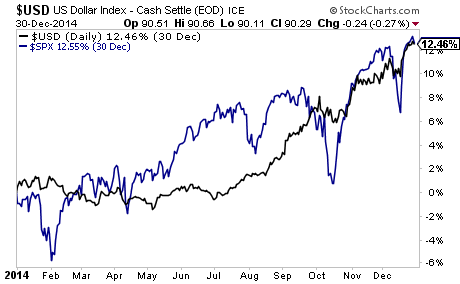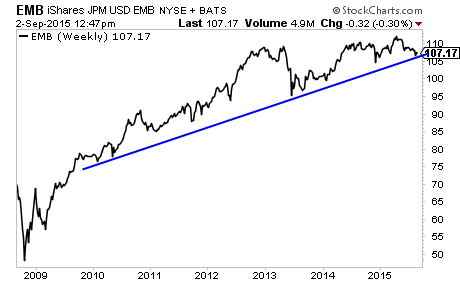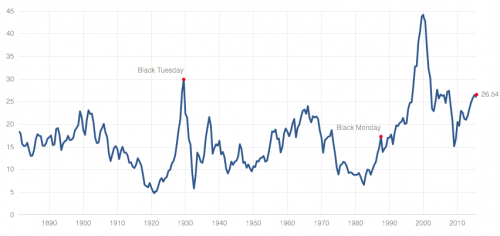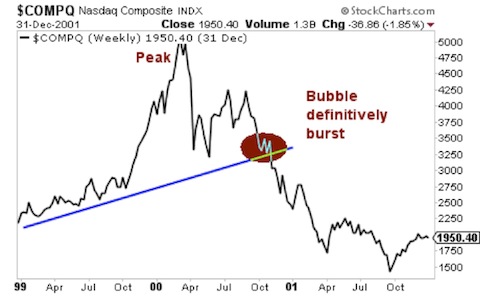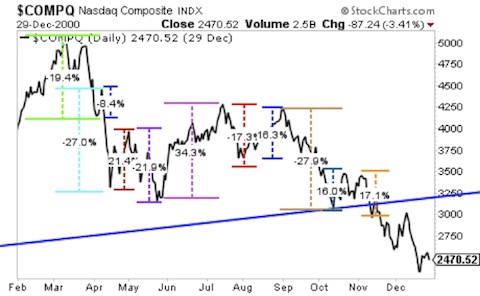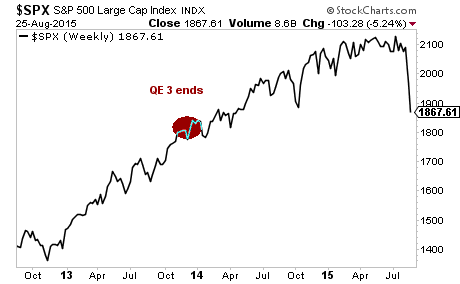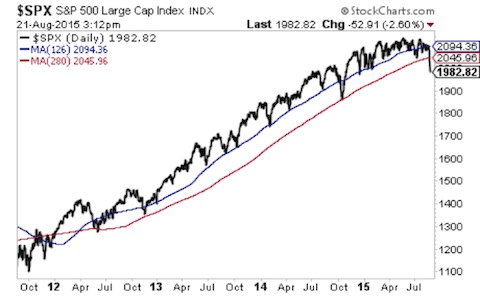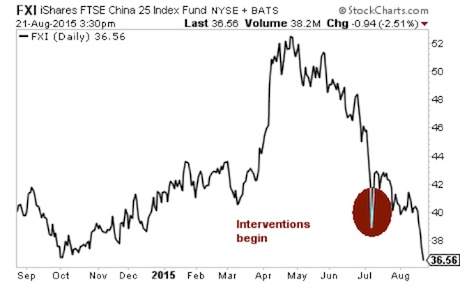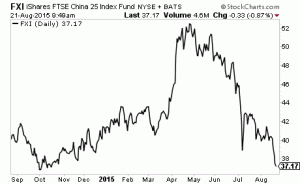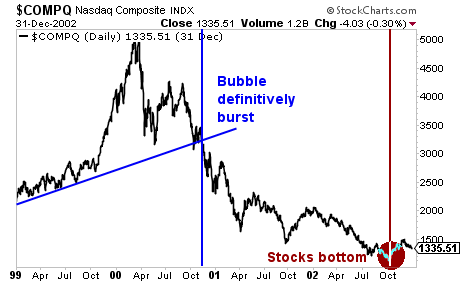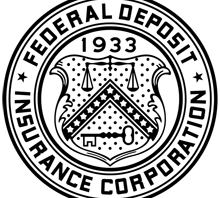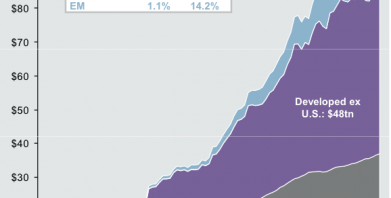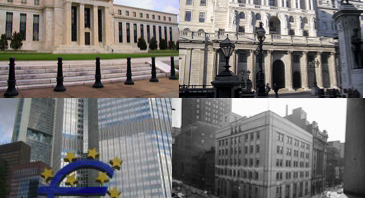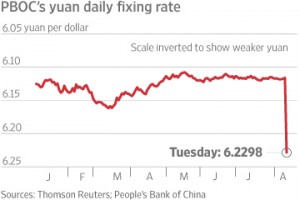Behind the veneer of “all is well” being promoted by both world Governments and the Mainstream Media, the political elite have begun implementing legislation that will permit them to freeze accounts and use your savings to prop up insolvent banks.
This is not conspiracy theory or some kind of doom and gloom. It’s basic fact.
In the last 24 months, Canada, Cyprus, New Zealand, the US, the UK, and now Germany have all implemented legislation that would allow them to first FREEZE and then SEIZE bank assets during the next crisis.
With that in mind, I want to devote some time to what has come out concerning the Cyprus “bail-in” and its implications. The reason for this is that this tiny country has provided the world with a template of what is eventually going to be a global phenomenon.
The quick timeline for Cyprus is as follows:
- June 25, 2012: Cyprus formally requests a bailout from the EU.
- November 24, 2012: Cyprus announces it has reached an agreement with the EU the bailout process once Cyprus banks are examined by EU officials (ballpark estimate of capital needed is €17.5 billion).
- February 25, 2013: Democratic Rally candidate Nicos Anastasiades wins Cypriot election defeating his opponent, an anti-austerity Communist.
- March 16 2013: Cyprus announces the terms of its bail-in: a 6.75% confiscation of accounts under €100,000 and 9.9% for accounts larger than €100,000… a bank holiday is announced.
- March 17 2013: emergency session of Parliament to vote on bailout/bail-in is postponed.
- March 18 2013: Bank holiday extended until March 21 2013.
- March 19 2013: Cyprus parliament rejects bail-in bill.
- March 20 2013: Bank holiday extended until March 26 2013.
- March 24 2013: Cash limits of €100 in withdrawals begin for largest banks in Cyprus.
- March 25 2013: Bail-in deal agreed upon. Those depositors with over €100,000 either lose 40% of their money (Bank of Cyprus) or lose 60% (Laiki).
The most important thing I want you to focus on is the speed of these events.
Cypriot banks formally requested a bailout back in June 2012. The bailout talks took months to perform. And then the entire system came unhinged in one weekend.
One weekend. The process was not gradual. It was sudden and it was total: once it began in earnest, the banks were closed and you couldn’t get your money out (more on this in a moment).
There were no warnings that this was coming because everyone at the top of the financial food chain are highly incentivized to keep quiet about this. Central Banks, Bank CEOs, politicians… all of these people are focused primarily on maintaining CONFIDENCE in the system, NOT on fixing the system’s problems. Indeed, they cannot even openly discuss the system’s problems because it would quickly reveal that they are a primary cause of them.
For that reason, you will never and I repeat NEVER see a Central banker, Bank CEO, or politician admit openly what is happening in the financial system. Even middle managers and lower level employees won’t talk about it because A) they don’t know the truth concerning their institutions or B) they could be fired for warning others.
Please take a few minutes to digest what I’m telling you here. You will not be warned of the risks to your wealth by anyone in a position of power in the political financial hierarchy (with the exception of folks like Ron Paul who are usually marginalized by the media).
With that in mind, now is a good time to prepare for systemic risk. I cannot forecast precisely when things will get as ugly as they did in Cyprus for the financial system as a whole (no one can).
However, the clear signals are clear that the Feds are preparing for something big. The Treasury Department has ordered survival kits for the Big Banks’ employees… and the NY Fed is expanding its satellite office in Chicago in case something major happens that forces the market to collapse.
If you’ve yet to take action to prepare for this, we offer a FREE investment report called the Financial Crisis “Round Two” Survival Guide that outlines simple, easy to follow strategies you can use to not only protect your portfolio from it, but actually produce profits.
We made 1,000 copies available for FREE the general public.
As we write this, there are less than 10 left.
To pick up yours…
Best Regards
Graham Summers
Chief Market Strategist
Phoenix Capital Research
Our FREE daily e-letter: http://gainspainscapital.com/





